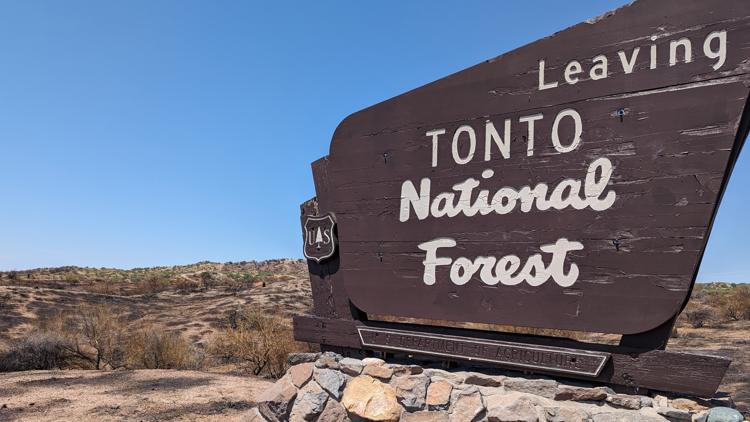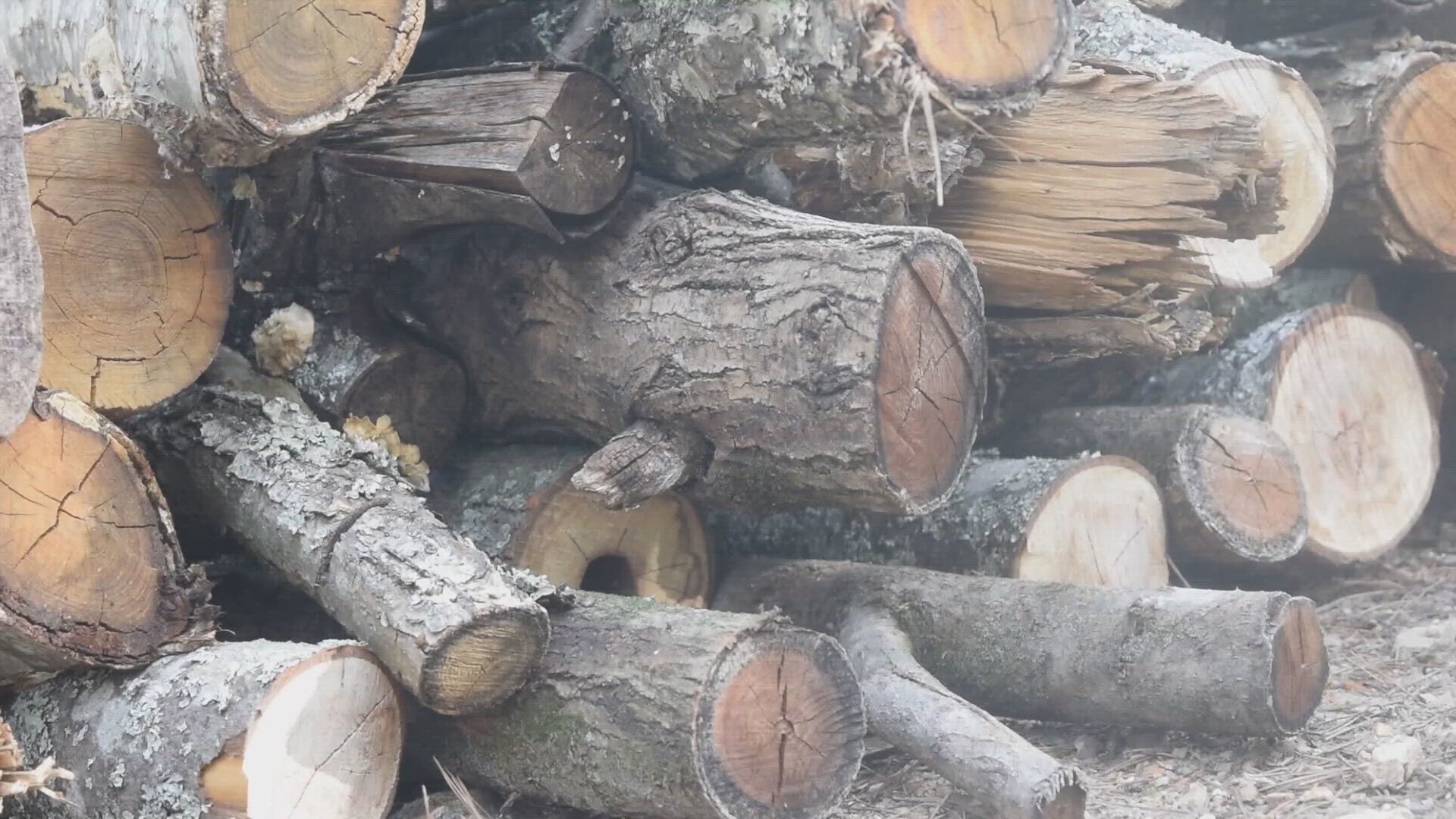PHOENIX — The drive to Bartlett Lake still smells like fire.
You can catch the scent, just a bit, if you stop by the roadside to take in the scorched landscape around you. There’s no grass anymore. The mesquite trees are little more than clumps of black char that cling to golden heartwood. The only things to keep you company are the burnt Saguaro cacti that won’t realize they’re dead until the water inside them runs dry. Here, it is silent.
It’s been two months since the 14,402 acre Wildcat Fire ripped through this part of the Sonoran Desert. To the east, the Sand Stone Fire has consumed 24,133 acres of desert. The Boulder View and Adams fires together burned out over 8,000 acres.
It will be years before this ash-dusted landscape heals. But when the burn scars fade and the desert recovers, it’s going to be a completely different desert from the one you remember.
Wildfire recovery isn’t a new field of study, but the unprecedented intensity of recent wildfires puts researchers and firefighters at the forefront of it. As people work to protect what they can, the path forward is often hazy.
That’s where fire ecologists like Mary Lata and hydrologists like Kelly Mott Lacroix come in. Stationed at the Tonto National Forest, they are two of many charting what needs to happen after a wildfire and better understanding the inevitable transformation of our home.
RELATED: Are wildfires worsening in Arizona?

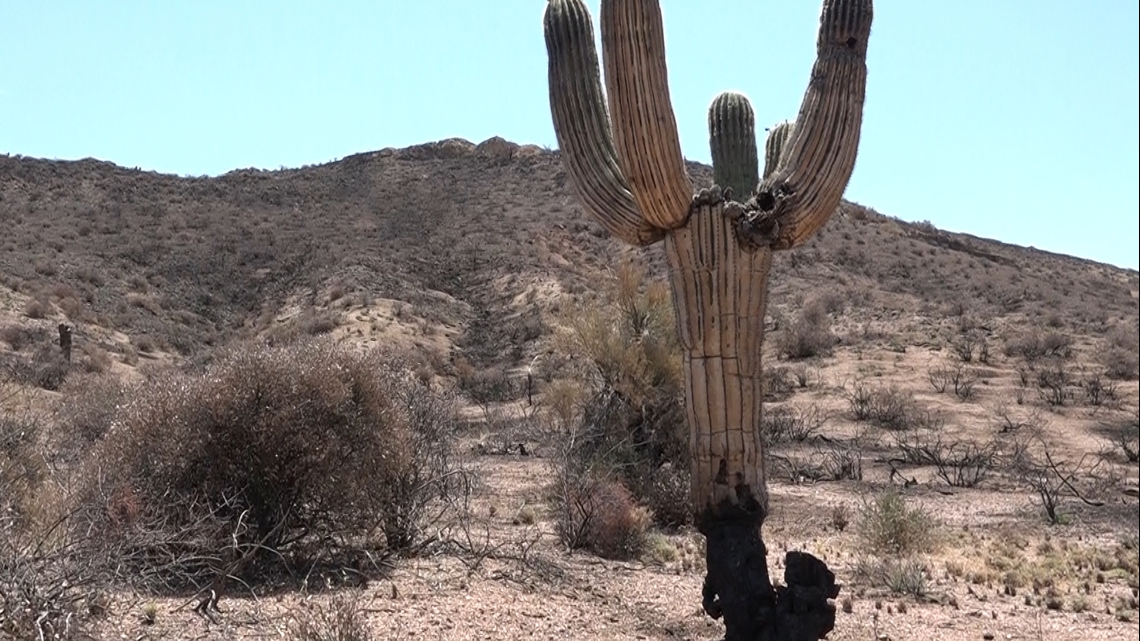
When and where the desert burns
A majority of the Sonoran Desert didn’t evolve under the pressure of frequent wildfires. It’s not a “fire-adapted” environment.
Even just a few decades ago, rocky lower deserts (like those around Bartlett Lake) didn’t have enough grass or shrubbery for the large, contiguous fires we see today. Instead, Lata explained, fires burned in low-intensity speckled “mosaics” that left much of the landscape untouched.
Two factors have changed that: What fuels are available, and when they start to burn.
“We don't really know for sure what the ecological trajectory of the Sonoran Desert is,” she said. “Based on what people who've worked in the desert for a long time have seen, there's some pretty obvious trends that mean grass is coming in.”
Over the years, humans have introduced several species of plants into the desert. Ground-covering grasses like buffelgrass and red brome aren’t from here, but they thrive here. And unlike our delicate, slow-growing desert plants, they thrive in frequent wildfires.

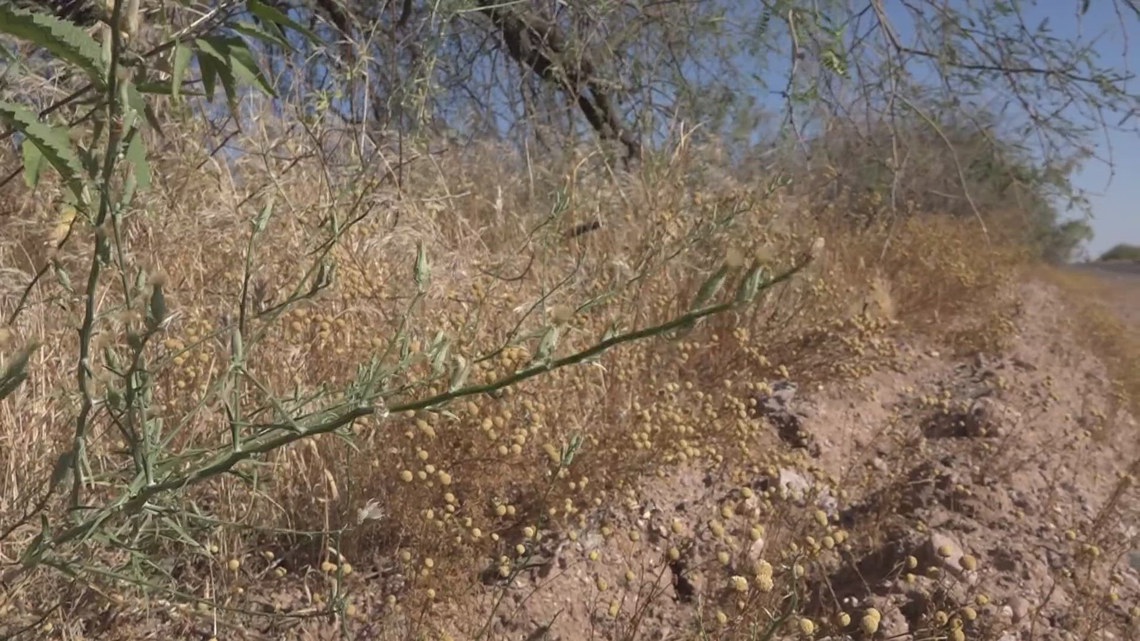
Many of these species grow in thick carpets along the ground that will die, dry out and provide a continuous bed of fuel, letting wildfires sweep uninterrupted across the landscape.
When these grasses burn, nutrients like nitrogen and potassium are released back into the soil. Every fire fueled by grass primes the landscape for more grass to grow in a positive feedback loop, Lata said.
The historic pattern of fires in the Sonoran Desert coincided with lightning strikes — usually during monsoon storms. But precipitation and a lack of fuel meant those fires rarely got very far.
Now, however, a vast majority of fires are caused by human activity. Things like campfires, tow chains striking the roadway, or even just parking in tall grasses can start a wildfire. And when sparks can start at the hottest, driest parts of the day, there’s no rain to temper them.
The Wildcat Fire was a perfect storm of those factors that shocked even seasoned firefighters with its intensity.
“The incident commander and the duty officer at the time when Wildcat took off are both people who've been working in the desert, in fire, for over 20 years,” Lata told me. “Between the two of them, they had somewhere between 30 and 40 years of experience, and the behavior of that fire caught them totally off guard.”

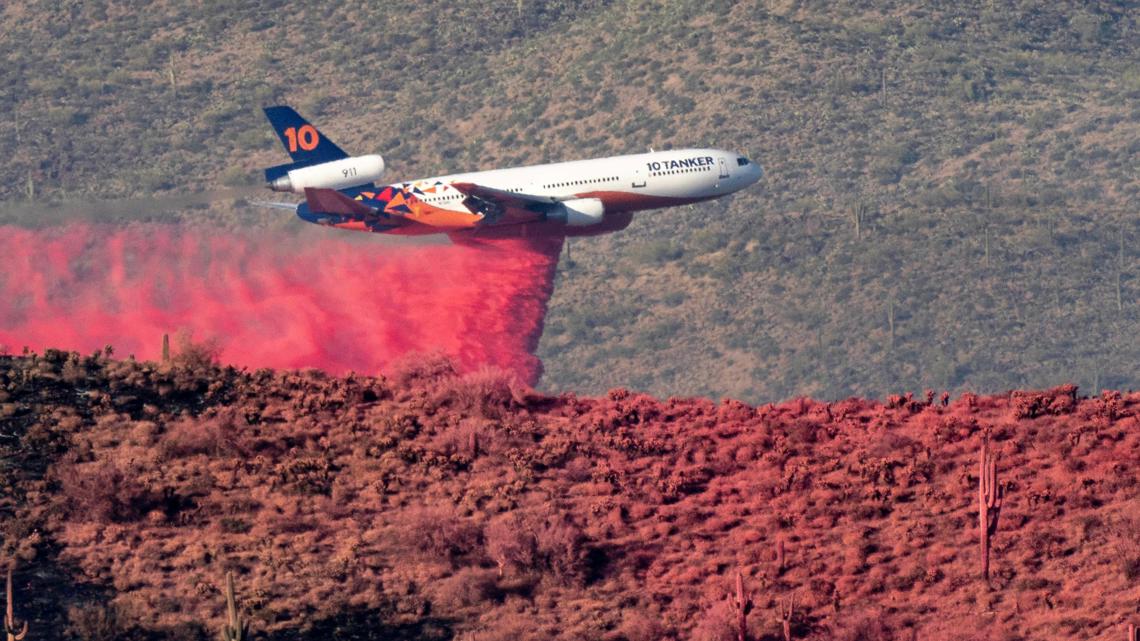
What happens next
Kelly Mott Lacroix only recently returned from New Mexico where she spearheaded a Burned Area Emergency Response — guiding firefighters in minimizing the amount of damage done to an already fragile landscape.
When she stepped off the plane in Arizona, she was immediately busy surveying the burned areas of the Tonto National Forest to determine how the Forest Service should respond.
“The very first thing when we’re doing a burn area emergency response is we get out there and we get satellite data to get a first sense of what the burn severity might be,” she explained.
When a fire burns hot enough, it can change the physical and chemical structure of the desert soil beneath it. When small roots burn up, it loosens clumps of soil that would otherwise hold together through a storm. Not only can those changes hinder the regrowth of plants in the area, but they can also set the stage for dangerous flash floods.
Of the Wildcat Fire’s 14,402 acre burnscar, there were relatively few areas where the soil was severely scorched. In one spot, an unburned area had been spared from the fire by a walking path just a few feet wide.


“Chances are the impact to the soils is pretty minimal, and therefore this area will come back quite quickly. It'll look pretty similar to what you see right next to it, probably within a year or two,” Mott Lacroix said.
Right now, the Forest Service needs to give the area time to rest, she concluded. There are no plans for a years-long closure, but they’re working to install more fencing and signage to keep people back at least through the rest of monsoon.
Not only are these burn scars a health and safety risk, they also incur a steep monetary cost on taxpayers. With the area scorched, dirt, ash and other pollutants get washed more easily into local water sources.
“Everything that's coming off of this, [...] it's going into the river, but it's being treated right? So this isn't so much a risk to people's water supply as it is a risk to how much they're going to have to pay for their water,” Mott Lacroix explained. “[Water providers] will continue to treat, they will continue to upgrade their systems to keep our water safe, but it's going to cost us more.”
Mott Lacroix hopes the Forest Service will be able to install heavy-duty pipe fencing to keep vehicles off of the damaged landscape. The less the area is disturbed, the more quickly it can heal.
The inevitable desert
If you drive up State Route 87 from Fountain Hills to Payson, you can see where successive fires have reshaped the landscape. Saguaro and prickly pear cacti are gone, replaced by almost unending fields of grass. Areas like this are getting more common every year.
The uncomfortable reality is that we’re not going to be able to stop this change.


“Natural systems are dynamic. Even if there isn't a significant human influence on them, they're still shifting,” Lata said. “The Sonoran Desert is only about 10, 11, 12,000 years old in terms of its composition. By definition, a young system just isn’t stable to begin with. And then we added all of these non native species, and that facilitates a different fire regime. The species are not going away. We cannot pull all of the introduced species out of the desert. They're there for good, and we're not going to keep people out of the desert either.”
But that doesn’t mean the end of the Sonoran Desert. It doesn’t mean saguaros are going extinct. There are parts of the Sonoran Desert that are too rocky for fires to reach, and people are working around the clock to preserve and protect what they can.
In November, Lata will be joining a conference of managers, scientists and other stakeholders to “get a better handle” on best options to manage the desert’s ecological future.
As depressing as the drive to Bartlett Lake is right now, it won’t be like that forever.
“My first fire, I just cried,” Mott Lacroix told me. “I was like ‘Oh my God, this is so awful.’ Then going out, you know, year over year seeing how it recovers and changes has been very helpful. I can look at a landscape and see what's gonna come back.”
Plants will regrow. Ash will wash away. A new desert will fill in the gaps.
“The desert really is very different than it was,” Mata concluded. “And it's not going to go back.”

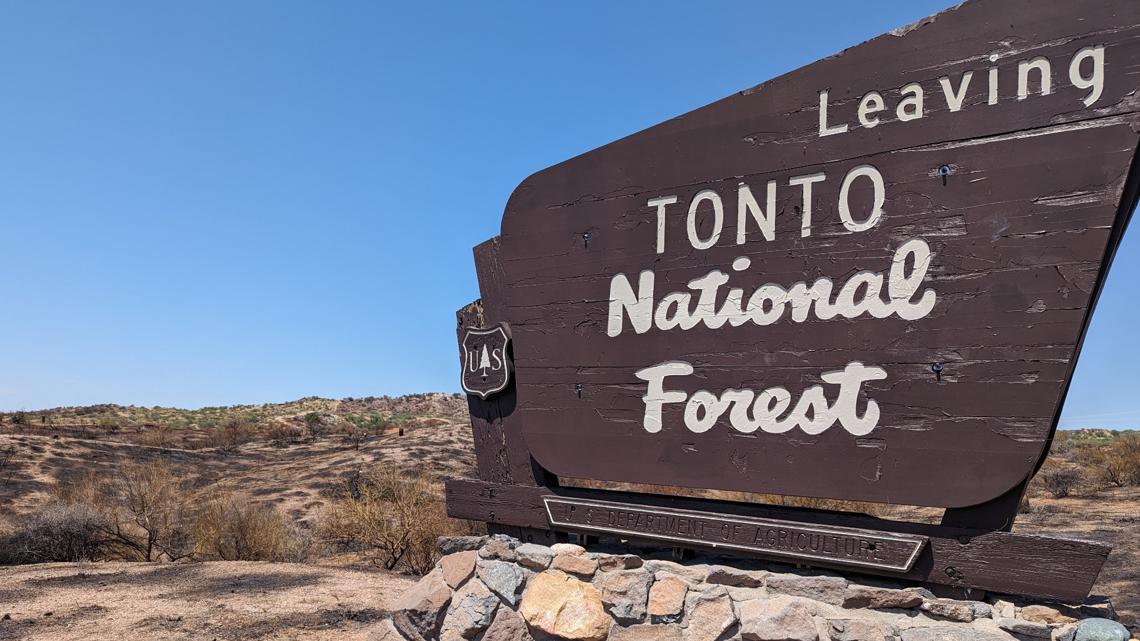
>> Download the 12News app for the latest local breaking news straight to your phone.
12News on YouTube
Catch up on the latest news and stories on our 12News YouTube playlist here.

